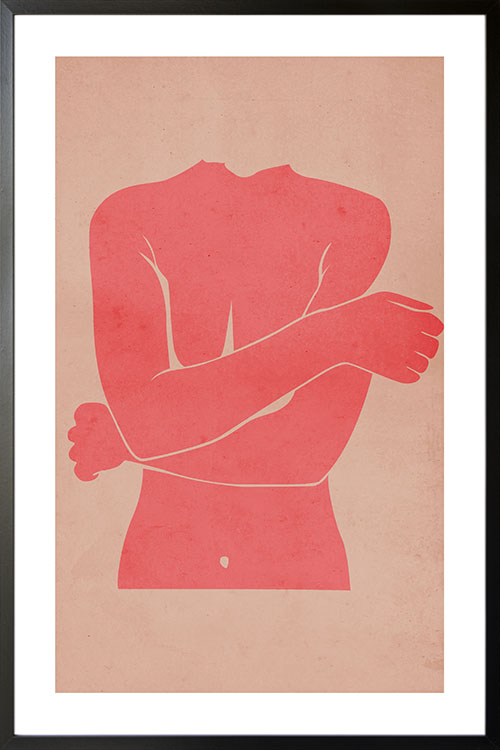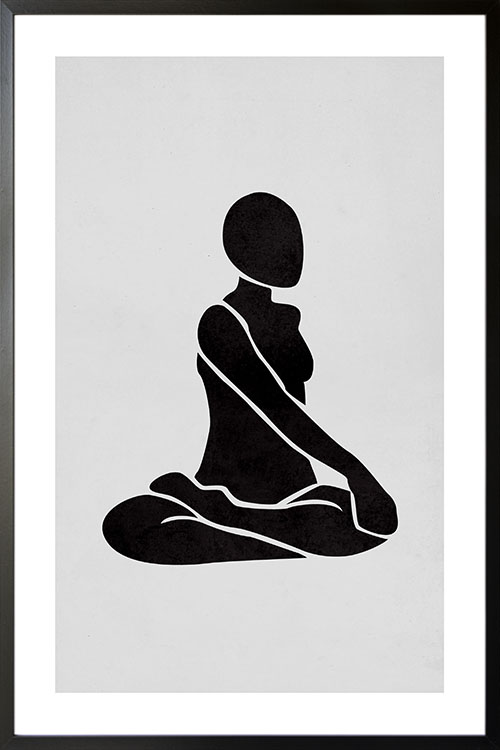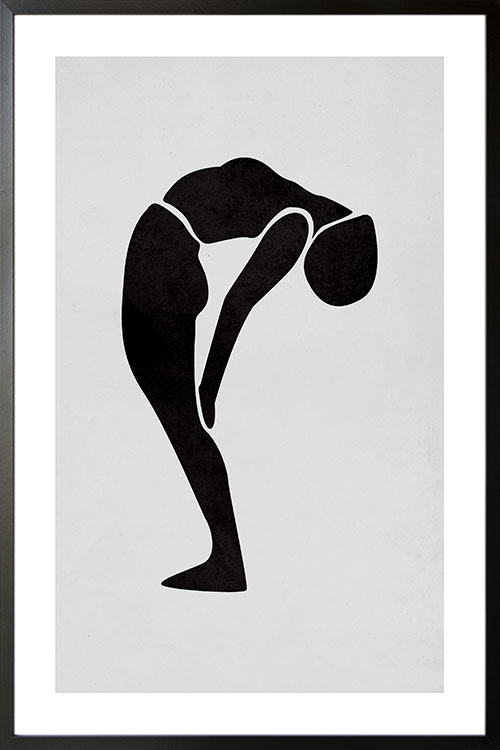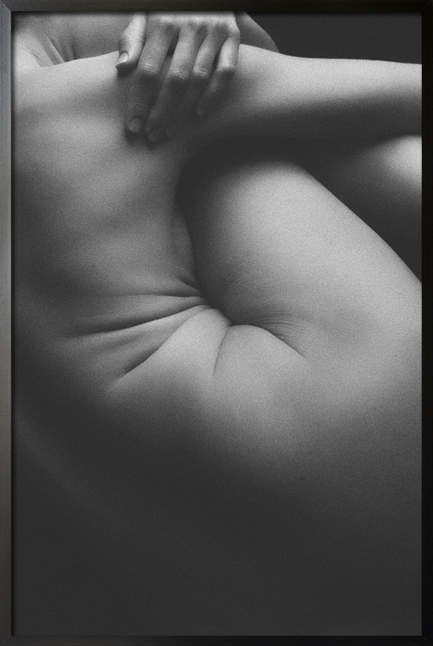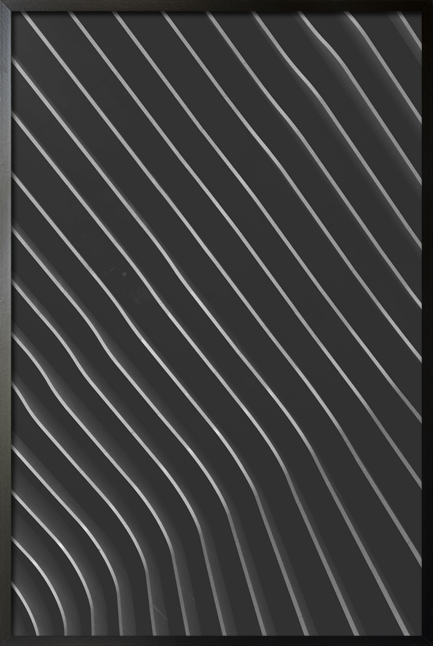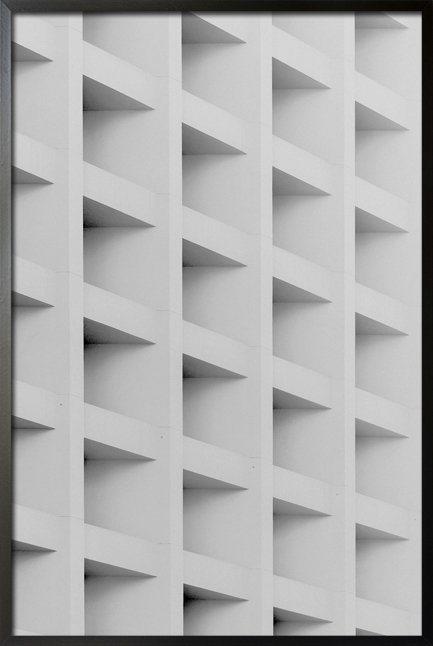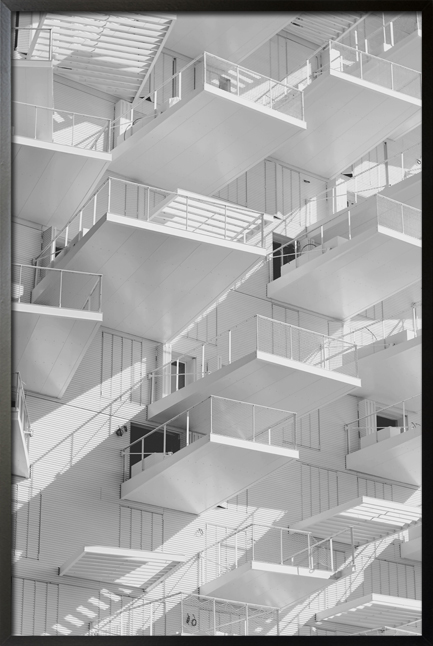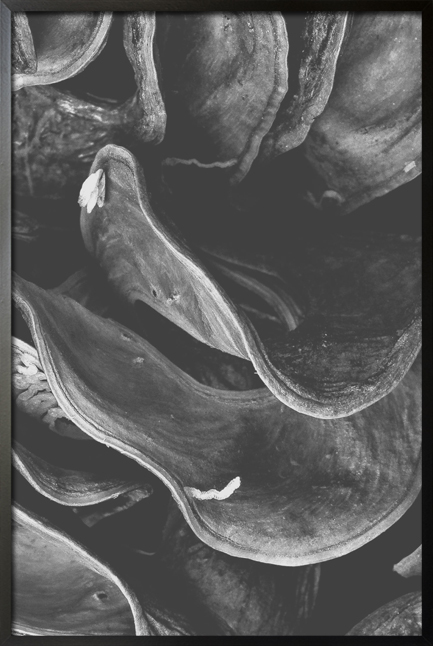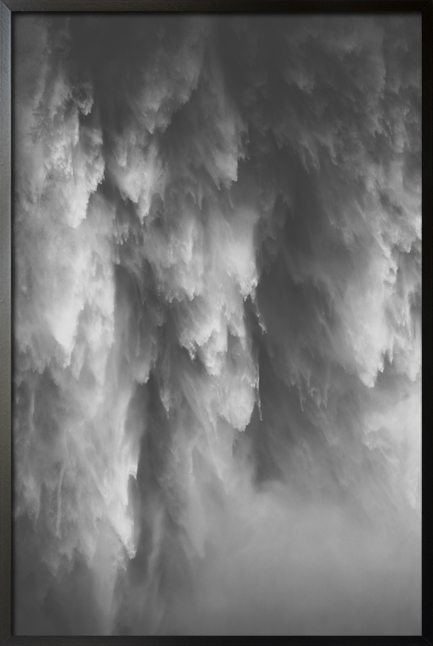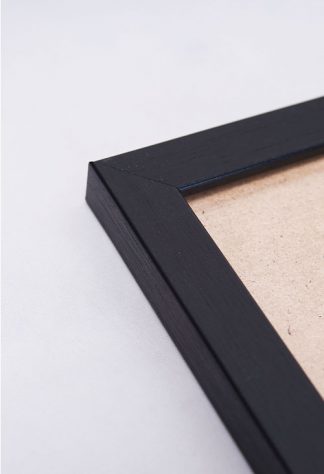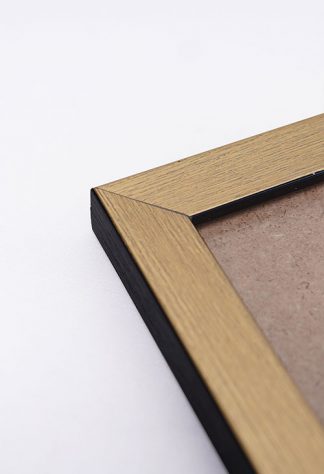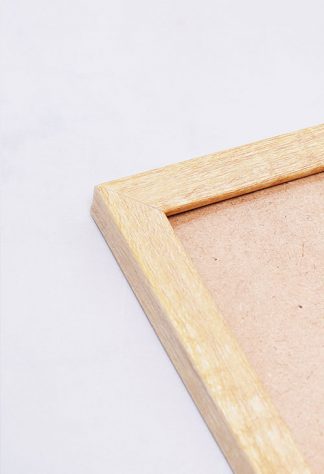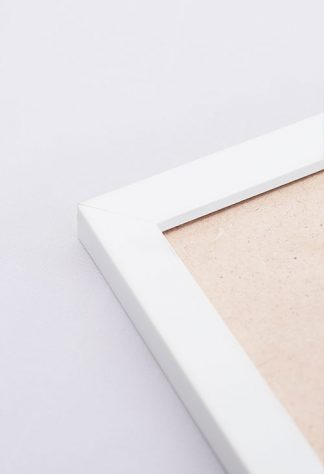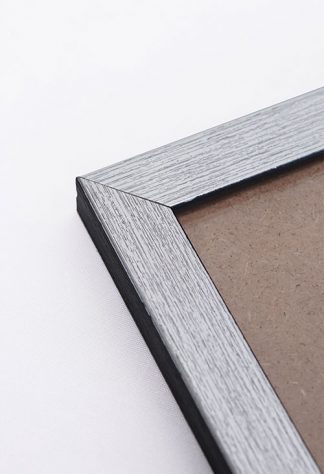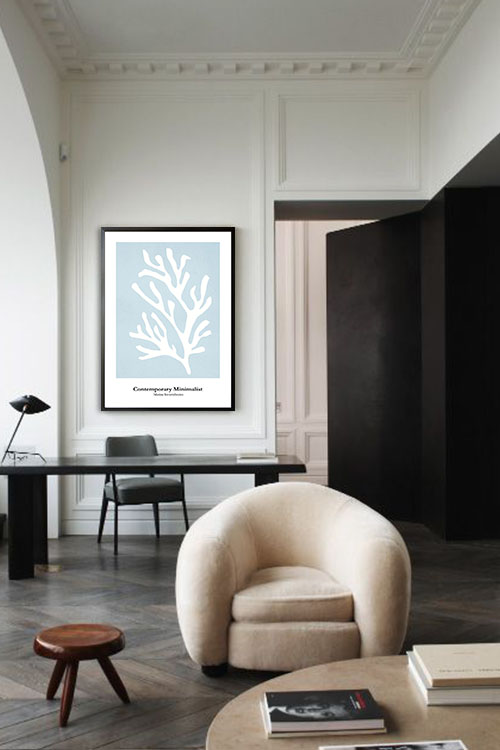
Modernism can be defined in different ways, depending on the perspective of an individual. It can be described in a multicultural and multidisciplinary approach. Experts believe that modernism in interior design is a style or movement that has a sole goal. Modernism aims to deviate from the traditional or classical forms. It is also the application of theories and principles that enhance the needs and functions that homeowners require.
Modernism – its origin
Modernism in interior design style can be traced back to the 19th century. During that time, modernists were aimed at developing new standards that were applicable and appropriate to the environment. It has been observed that the appearances of various structures have significant changes since the Industrial Revolution. Modernism only started as a school of thought. As time goes on, it has influenced other disciplines, such as politics, religion, literature, art, architecture, and interior design. Modernism is also associated with Futurism, Bauhaus, Neo-Dada, Cubism, Minimalism, and Abstract Expressionism.
In interior design, the style is considered to be multifaceted where it embraces a holistic approach rather than as a single style. Examples of the style include an open floor plan, stylish kitchen design, trendy color palette, multifunctional shelves, and others.
The style in interior design
The interior design style has different characteristics that can also be observed in architecture and design. It focuses on functionality and simplicity. It devoids from excessive decorations and as such, is considered to be simple and plain. As such, the design style can evoke a calm and relaxing atmosphere.
Modernism highlights functionality before beauty and form, minimal use of texture, and clean-lined design, open spaces to allow the entry of natural light.
Clean straight lines
Modern design style focuses on straight lines with no other details seen in furniture pieces and room appearance. The lines are sharp and very spare and are evident on sanded wood floors, open floor plans, and few walls. There is also the absence of moldings, trimmings, windows, doors, and walls.
Minimalism
Less is more. This is what can be observed with the principle of minimalism. The interior design need not have any other unnecessary details such as excessive fabric, columns, and space-consuming cabinets. Minimalism is more focused on the simplicity and functionality of the overall interior design. In addition to these, the absence of excessive items leads to a clutterless environment.
Bold colors
Bold primary colors are usually observed in a modern home. This is to create a focal point that will capture the attention of the viewers. A bold color scheme balances the neutral colors that are common on walls.
The use of metal
Metals like chrome and stainless steel are used to create a modern appearance. It also includes the use of wrought iron to create a unique and interesting room design.
Final Thoughts
Modernism is one of the compelling interior design styles that is preferred by many homeowners and designers these days. The keywords are aesthetics and simplicity. This principle gives us the freedom and flexibility in choosing the materials and methods to successfully achieve the design style.
